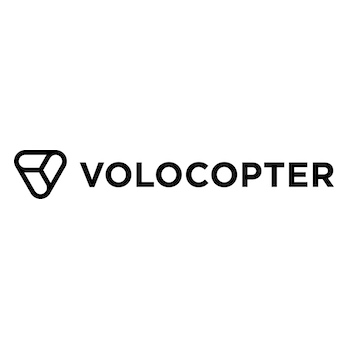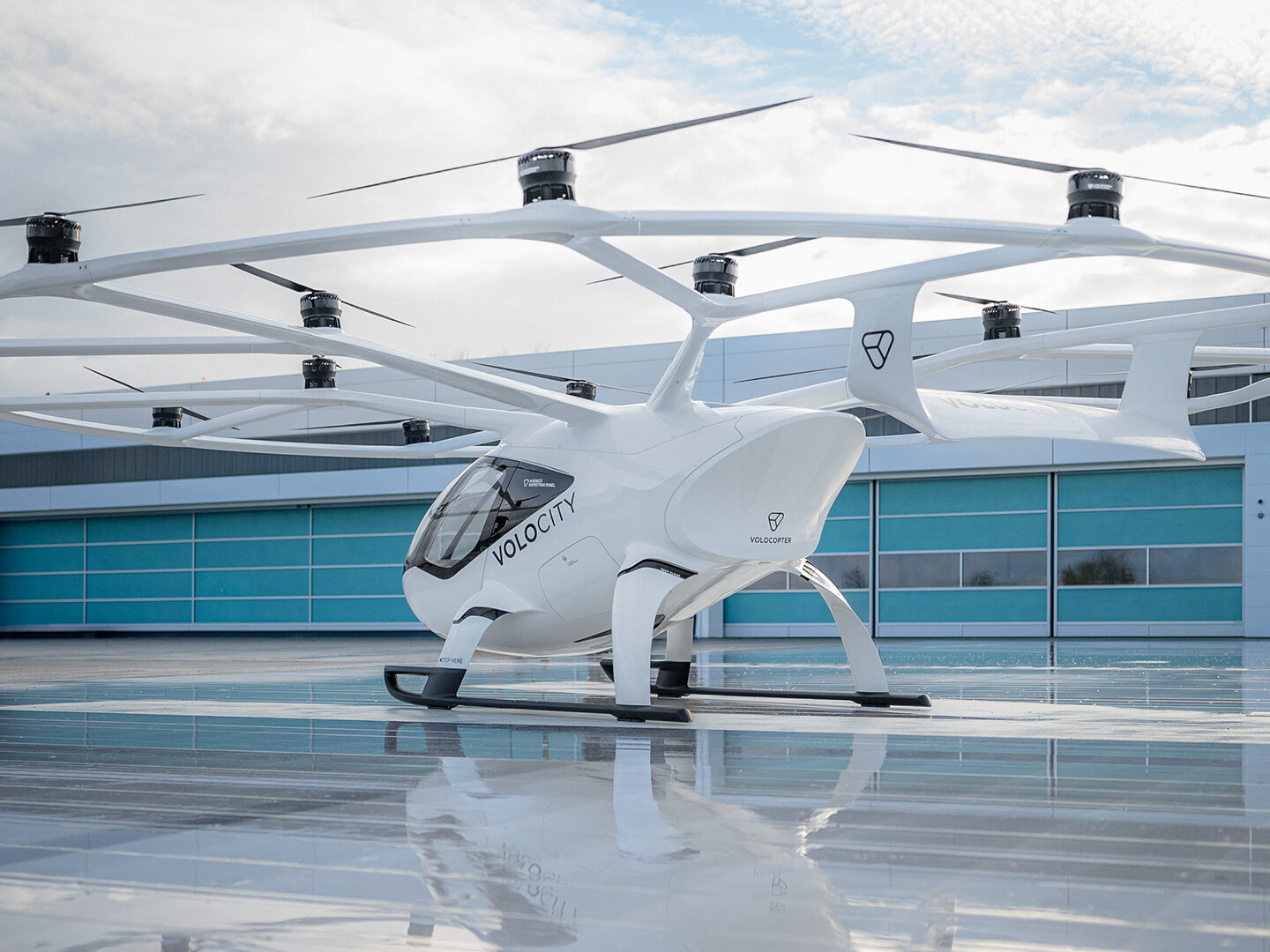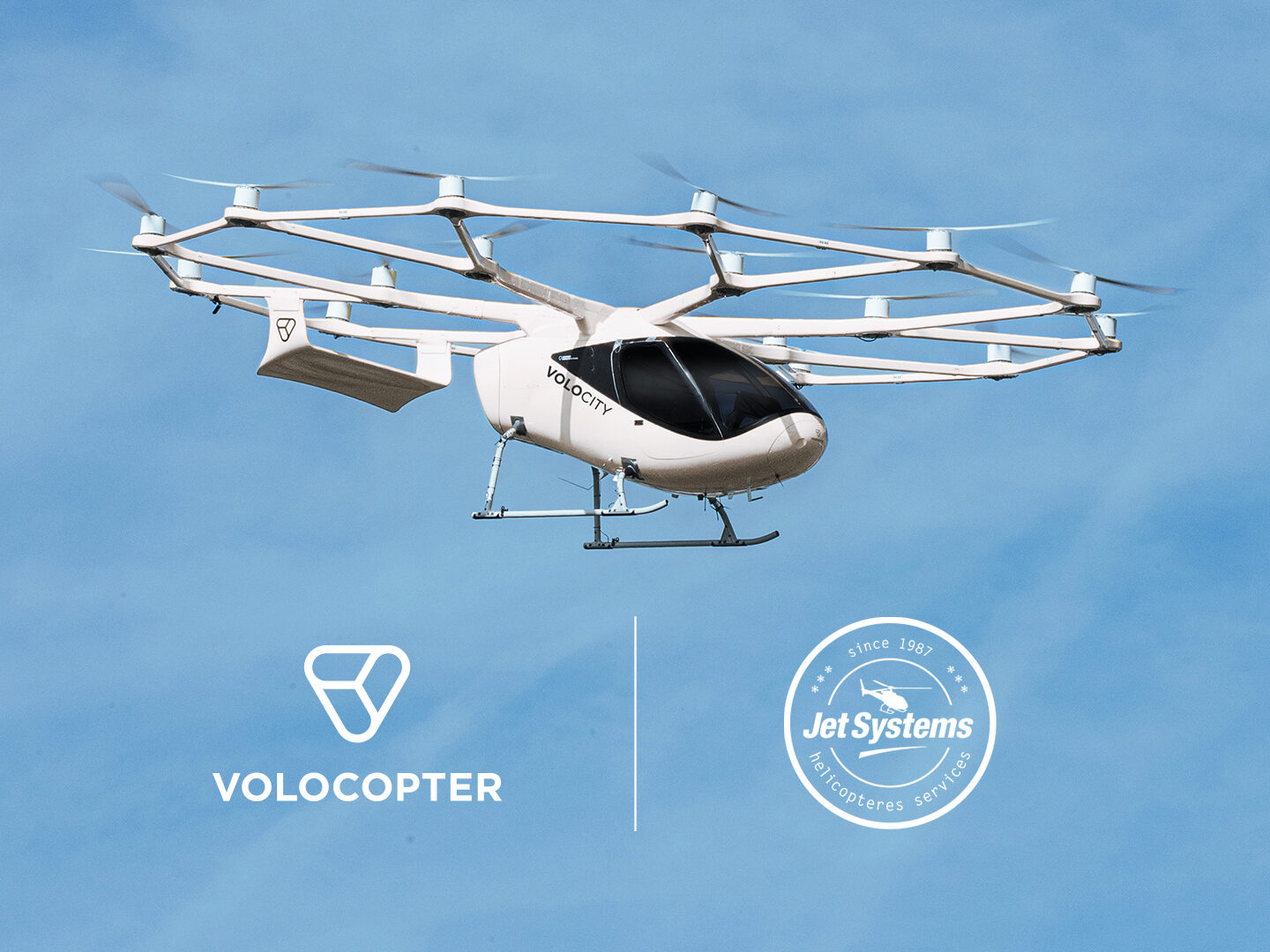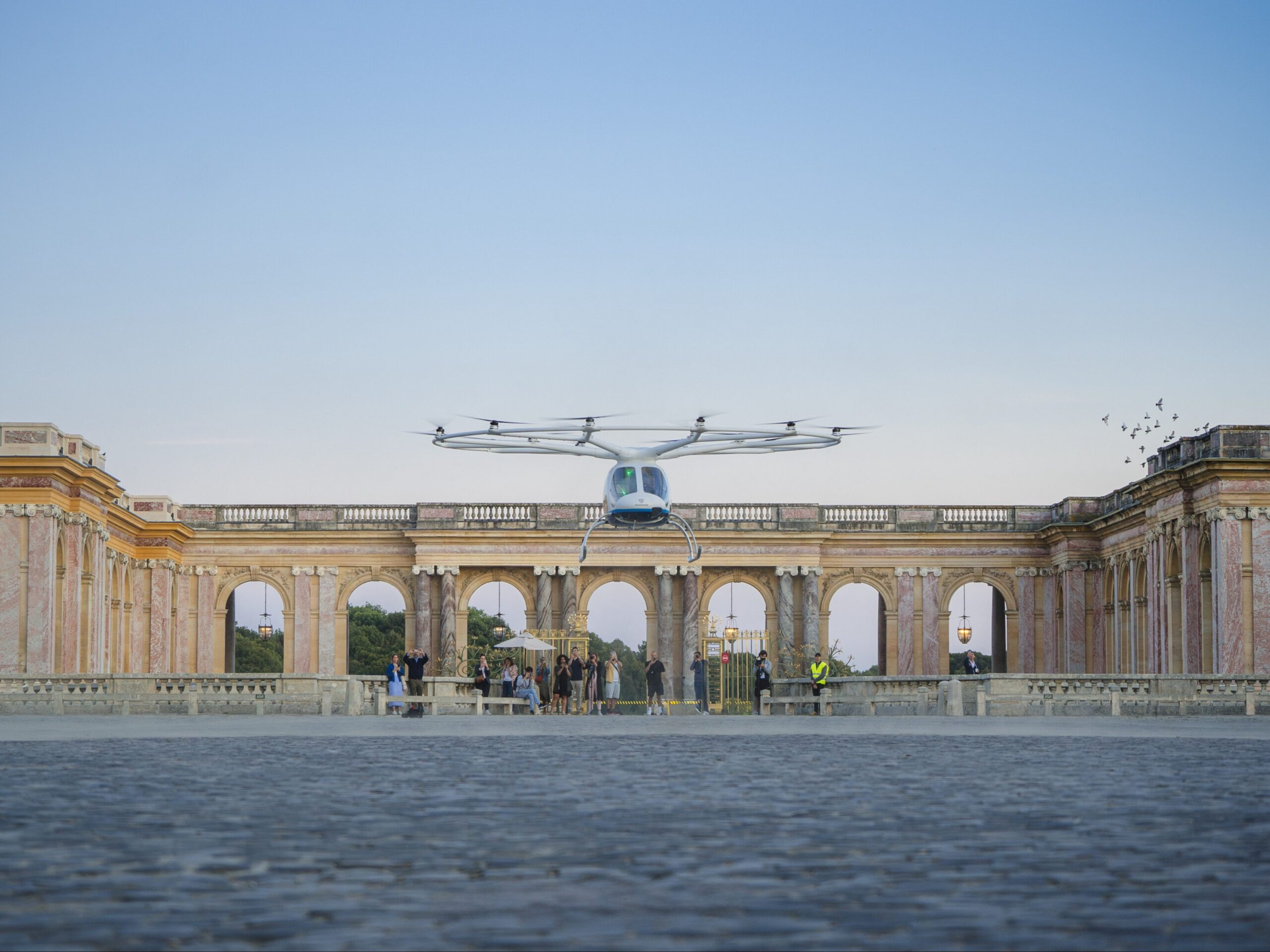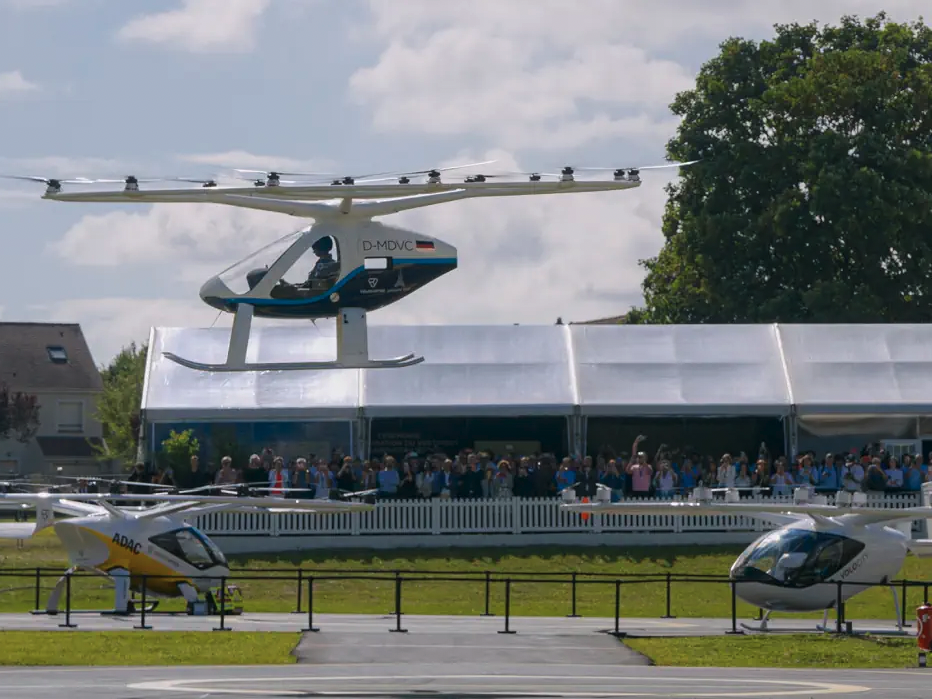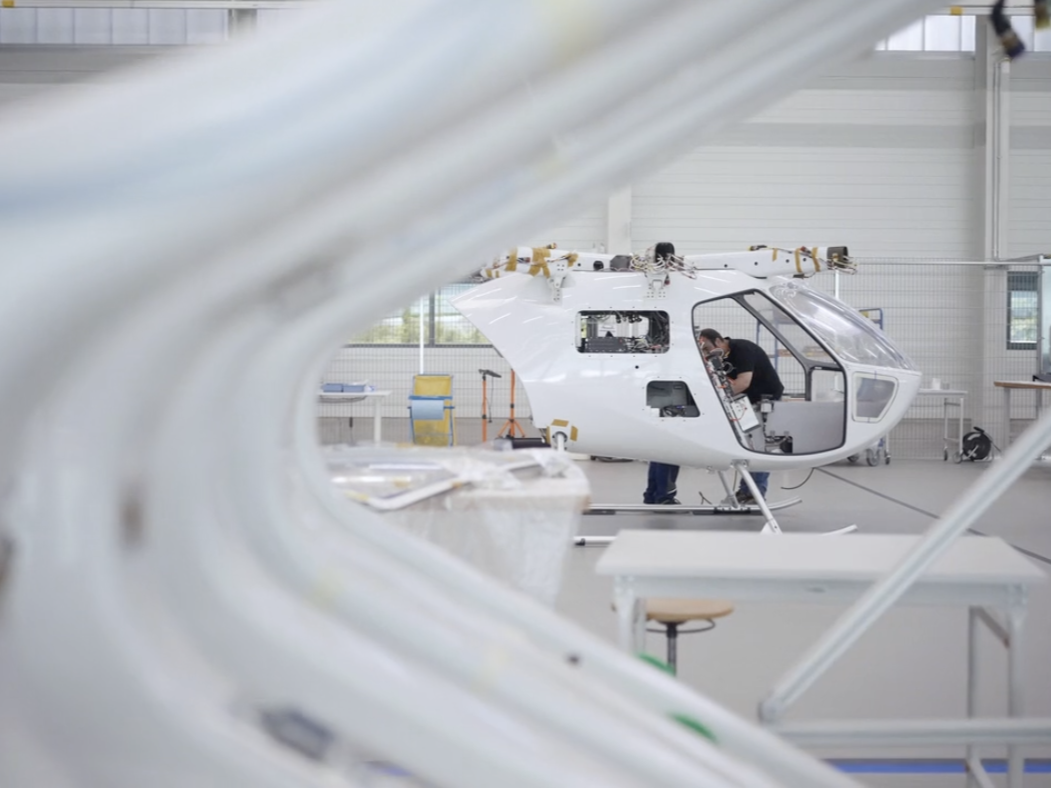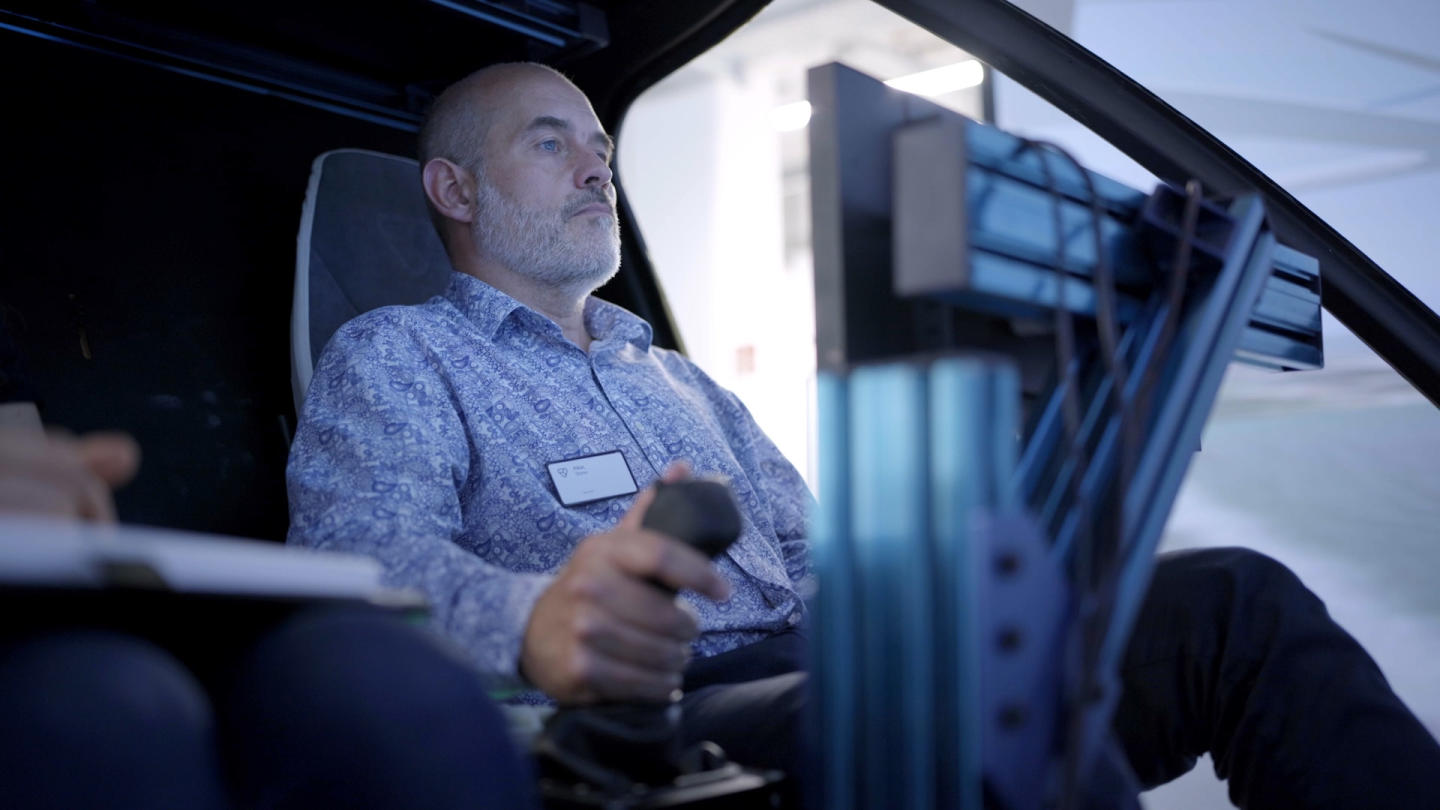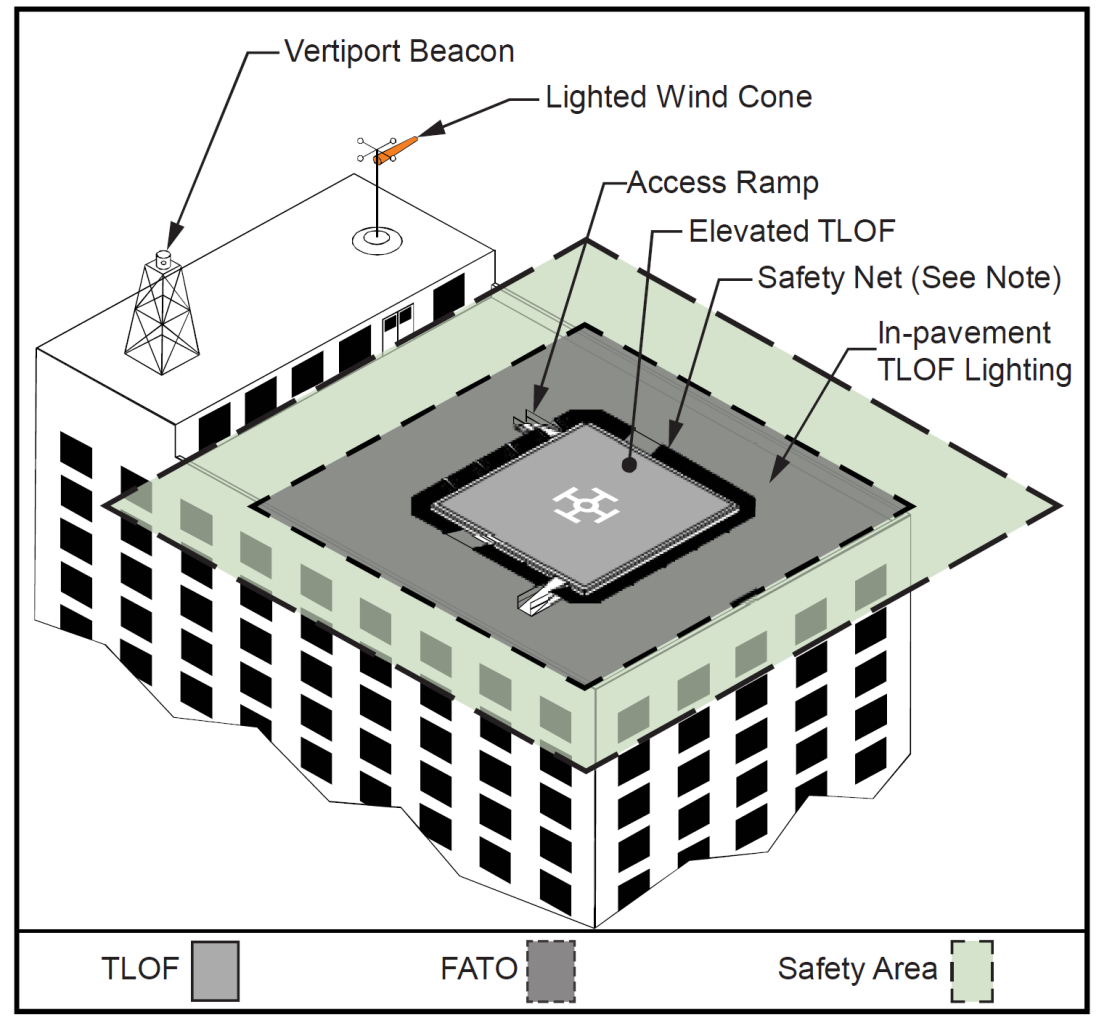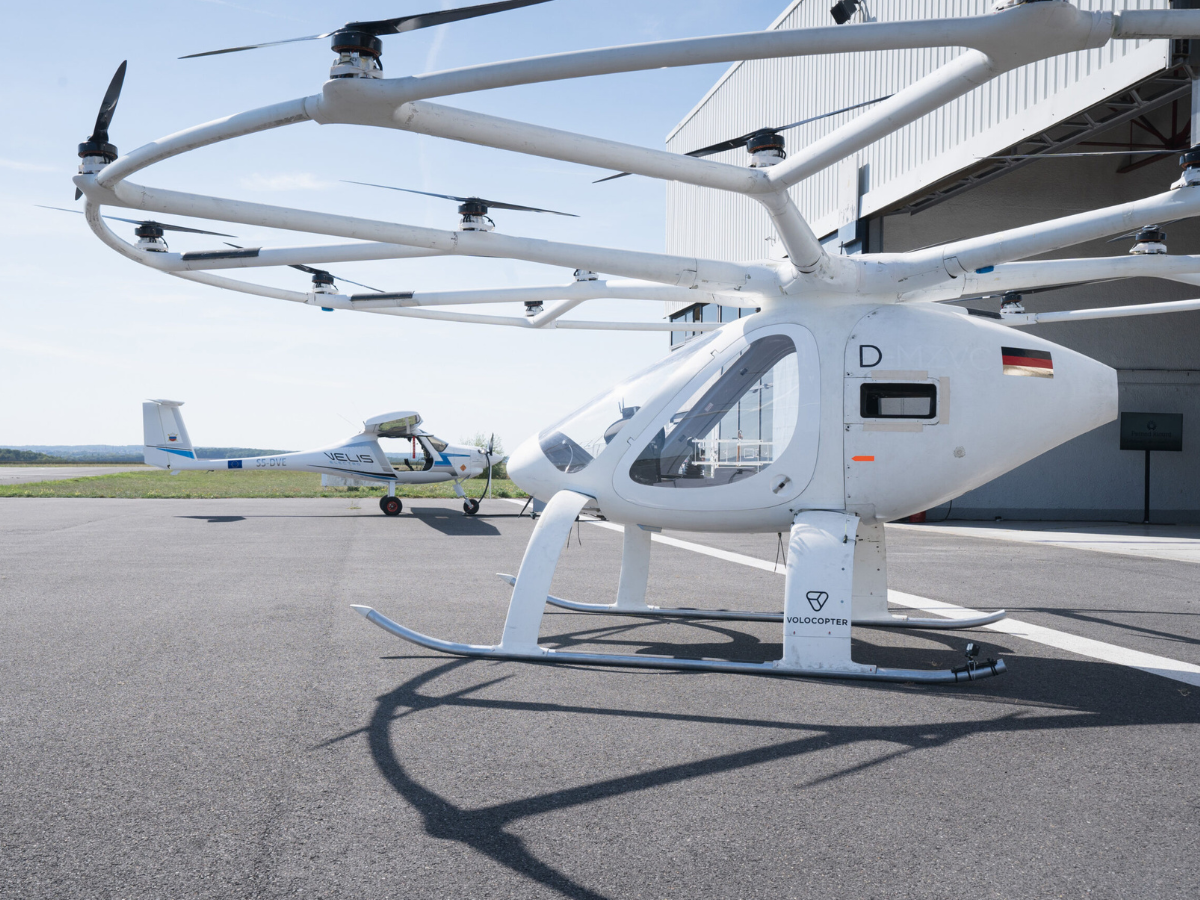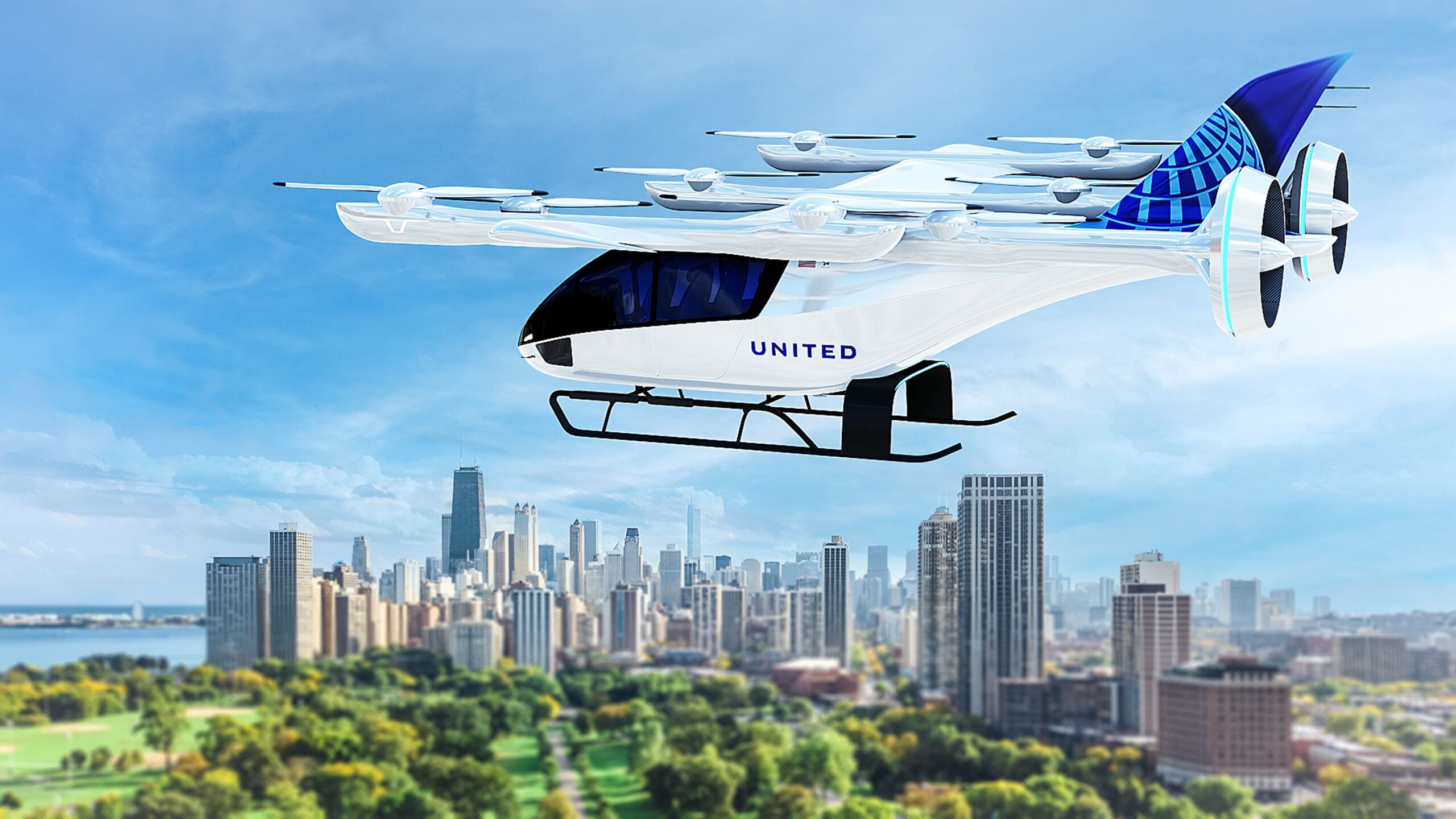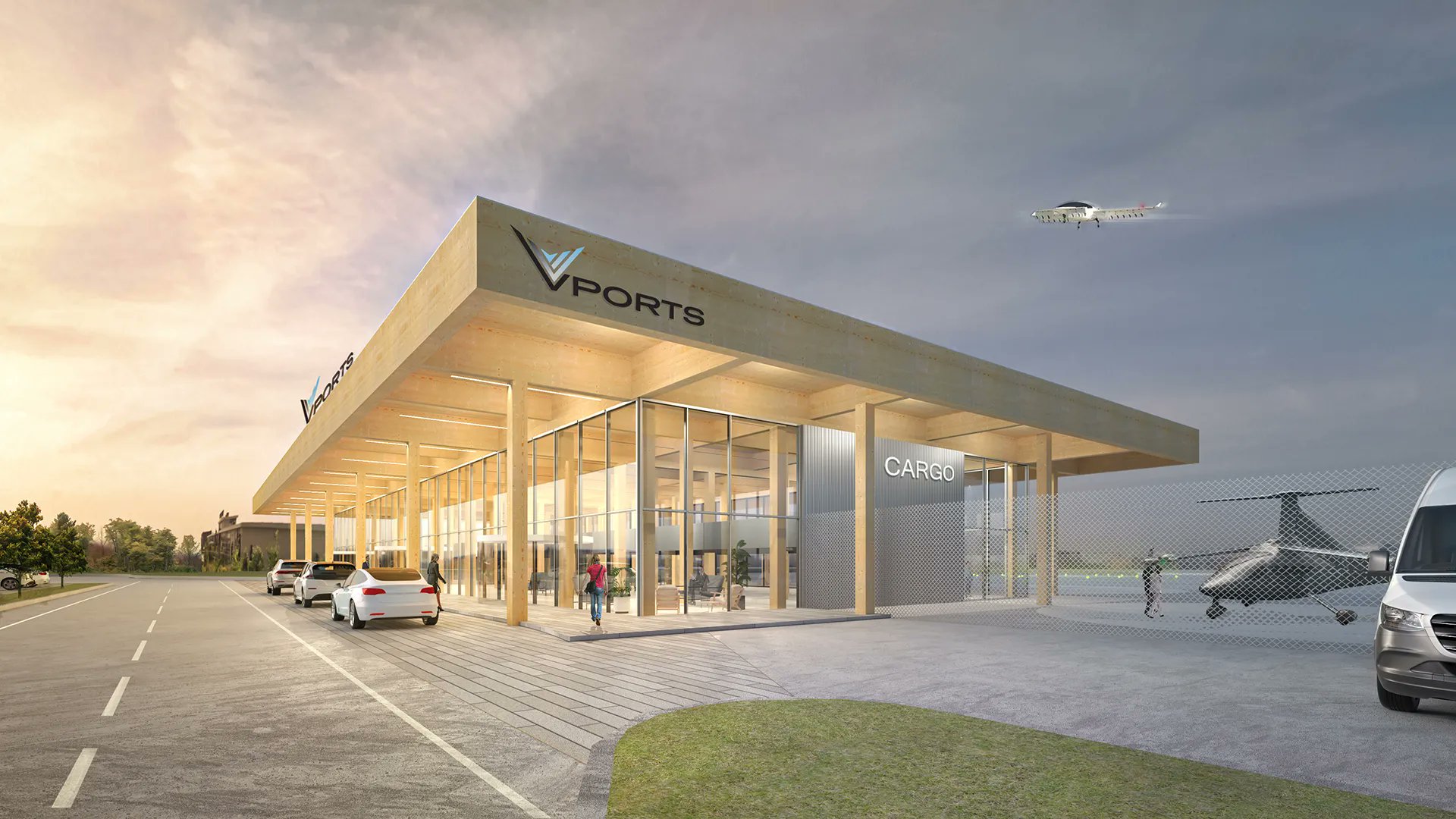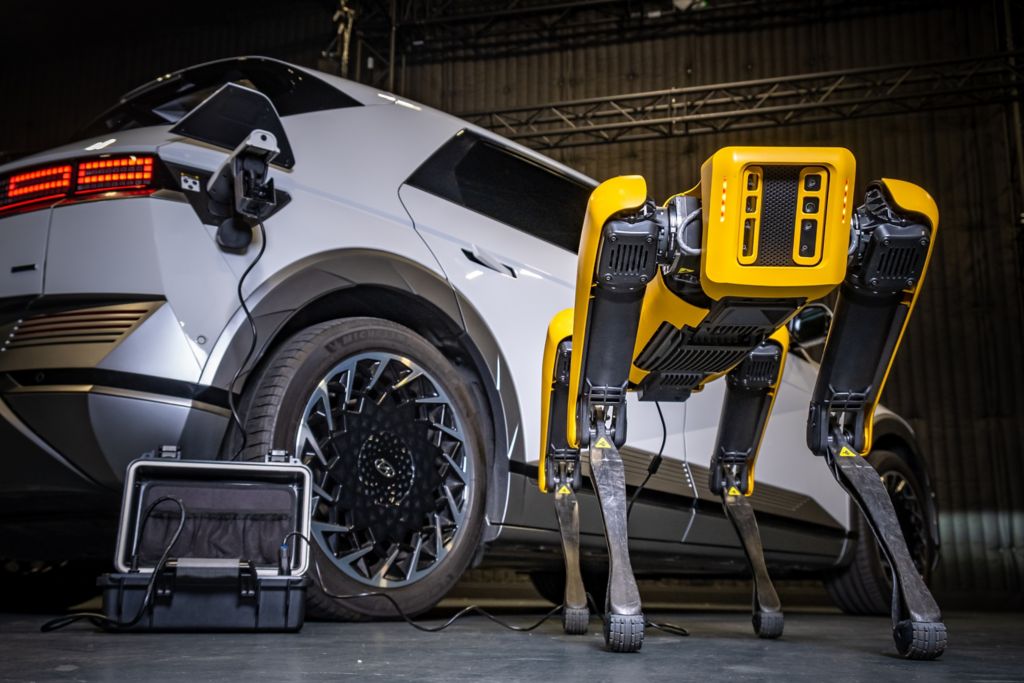Aeroporti di Roma (ADR), Atlantia, UrbanV, and the pioneer of urban air mobility (UAM), Volocopter, have successfully completed the first crewed eVTOL test flights in Italian airspace.
These tests were part of a mobility ecosystem setup at Fiumicino’s Leonardo da Vinci International Airport. This is a key milestone toward the envisioned rollout of advanced air mobility (AAM) services in Rome by 2024, with the partners having initiated operations of the first fully functional vertiport in Italy.
Aeroporti di Roma, Volocopter, UrbanV, and Atlantia conducted the first crewed eVTOL public test flight in Italy this morning, while presenting the country’s first advanced air mobility (AAM) testing vertiport and hosting an interactive booking process on Volocopter’s VoloIQ digital platform. The test comes one year after the first eVTOL prototype was showcased in Italy. In the last twelve months, significant progress has been made on flight technology, vertiport design, and the regulations necessary to enable the first AAM services between Fiumicino Airport and the city of Rome planned to take to the skies by 2024.
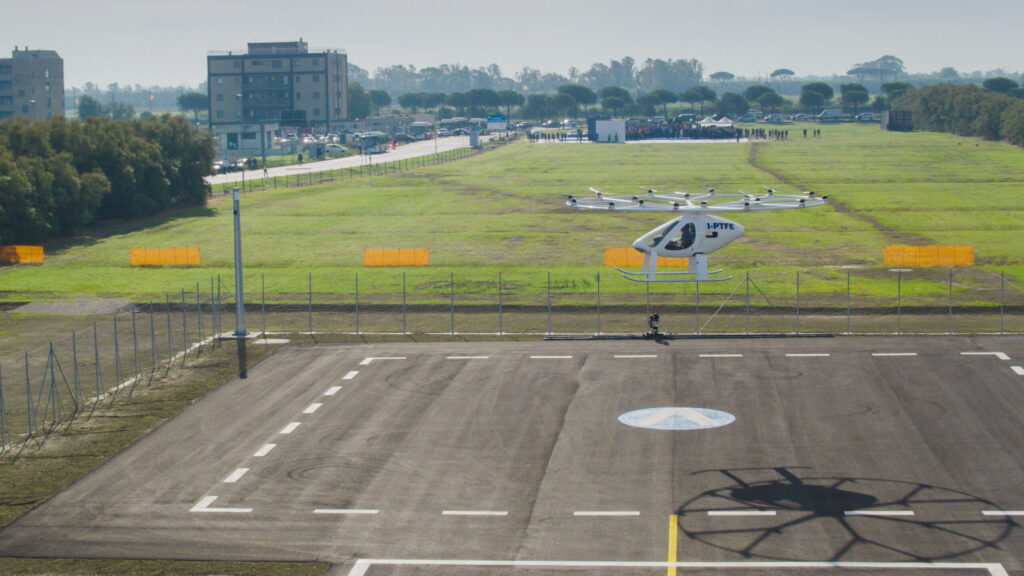
Volocopter’s test pilot aboard the electric Volocopter 2X flew 40 km/h for 5 minutes at 40 meters height along a “figure 8” flight path in front of onlookers after attaining all the necessary clearances from the Italian authorities, the civil aviation authority (Ente Nazionale per l’Aviazione Civile – ENAC), and the provider of air traffic control services (Ente Nazionale Assistenza al Volo – ENAV), whose role stays central in shaping the future AAM ecosystem. Volocopter’s electric air taxi is designed for quick and emission-free passenger flights in urban environments over congested roads and waterways, reflecting Atlantia’s and Aeroporti di Roma’s plan to play a pioneering role in making the future of aviation increasingly innovative and sustainable.
The vertiport is developed in compliance with the European Union Aviation Safety Agency’s (EASA) “Prototype Technical Specifications for the Design of VFR Vertiports for Operation with Manned VTOL-Capable Aircraft Certified in the Enhanced Category” and is located within the regulatory sandbox approved by ENAC. It is designed to host various types of tests for both flight and ground operations (turnaround, battery charging, etc.), with an electric system devised to allow testing of various eVTOL charging technologies (battery swaps, fast charging, etc.). The infrastructure, occupying an area of about 5,500 square meters, has been sized to ensure compatibility with the main eVTOLs that will be certified in the coming years and consists of: a final approach and takeoff area (FATO) for landing and takeoff operations; a parking area; a covered hangar measuring 20 x 20 x 6 meters; various rooms, including an office, a warehouse, and an area for battery charging.
This morning’s flight was followed by a vertiport demonstration hosted by UrbanV, a company established by ADR – together with Aéroports de la Côte d’Azur, Aeroporto di Venezia (SAVE), and Aeroporto Guglielmo Marconi di Bologna. The aim is to design and build vertiports internationally. In this context, another dimension of future AAM services was explored, the VoloIQ. This digital platform is the backbone of the urban air mobility ecosystem supporting digital access to all working process. From flight operations to booking and beyond, VoloIQ will be supporting and streamlining UAM/AAM operation scale-up in cities around the world to complement the physical infrastructure (vertiports) and entire ecosystem in the digital dimension.
Giampiero Massolo, Chairman of Atlantia, said:One of the pillars of Atlantia’s new industrial strategy is investment in technology and innovation to make our assets increasingly sustainable and to open up new forms of integrated mobility. We are pleased to have helped to bring together a number of companies in which we are shareholders. By working together and contributing to a range of different expertise and areas of excellence, we are creating a new kind of sustainable mobility that did not exist until a few months ago. By collaborating with the related institutions, we aim to open up the service to the public at Fiumicino, before extending it to the other airports in which we have invested by 2024.
Marco Troncone, CEO of Aeroporti di Roma, said:Today’s event represents a significant milestone in our path as pioneers in testing and implementing Advanced Air Mobility in Italy, and in playing our part in making urban transports increasingly sustainable and seamless. The opening of the first vertiport in Italy and the first crewed eVTOL flight represent a remarkable step towards the activation of the first AAM routes between Fiumicino airport and Rome city centre by the end of 2024, ahead of the Jubilee, to offer our contribution to our city and our institutions in welcoming the international tourist flows with a ground-breaking, innovative service.
Christian Bauer, Volocopter’s Chief Commercial Officer and Interim Chief Financial Officer, said:We’ve come from a signed partnership agreement and event series kickoff to a flight test at an operational airport in a little less than a year. With that, we are bringing together all the key stakeholders and regulators to witness this mobility service and technology with their own eyes.
Carlo Tursi, said:This test vertiport is particularly significant for UrbanV, representing our first step towards establishing a network of vertiports in the Rome region. In close synergy with all of our partners in this new mobility ecosystem, we are making progress towards positioning Rome as one of the first European cities to offer seamless connections with electric aircraft, leveraging the expertise we have developed in designing and building ground infrastructure for advanced air mobility.
Recent studies conducted by EASA and the McKinsey Center for Future Mobility have concluded that the estimated market size of UAM in Europe – including R&D, vehicle manufacturing, operations, and infrastructure construction – will be approximately €4.2 billion by 2030, with the capacity to create or sustain approximately 90,000 jobs by that year (excluding manufacturing jobs). Focussing on the variety of societal benefits that UAM will have for Europe, the EASA study also ranks Rome as one of the most suitable cities in Italy for the implementation of UAM/AAM services*.
The second day of the “Vertiport Experience” event will be much like the first day, with an additional deep dive for economic stakeholders on market perspectives, AAM ecosystem components, the regulatory framework needed to launch the sector, and the opportunities for more partners to come on board with this emerging branch of electric aviation. By bringing these decision-making groups together, Atlantia, ADR, Volocopter, and UrbanV are setting the tone for the synergies and flight campaigns required for a successful UAM launch in the next three years.
* “Study on the societal acceptance of Urban Air Mobility in Europe”, EASA, 19 May 2021, https://www.easa.europa.eu/en/full-report-study-societal-acceptance-urban-air-mobility-europe
This article was originally published by Volocopter.


